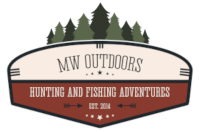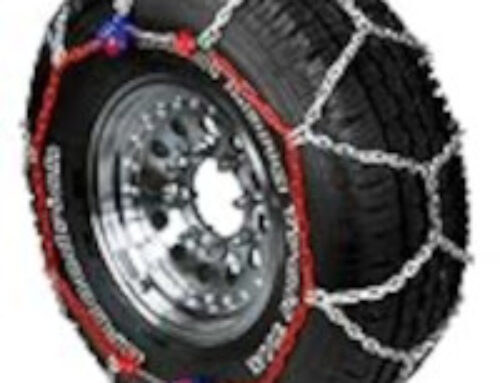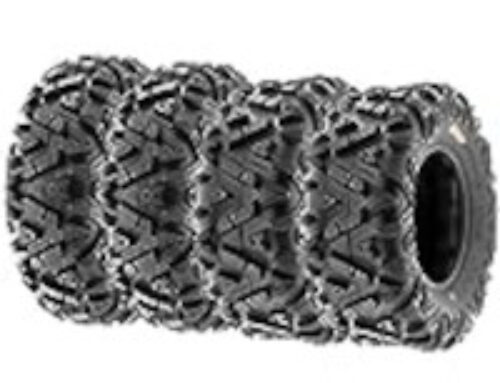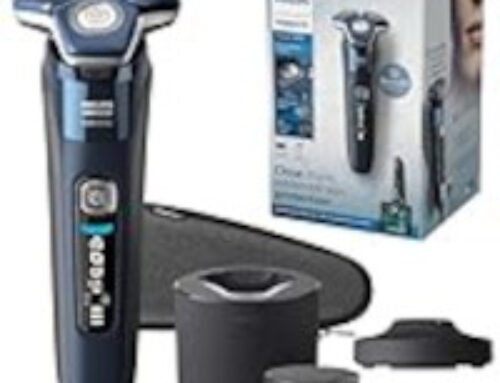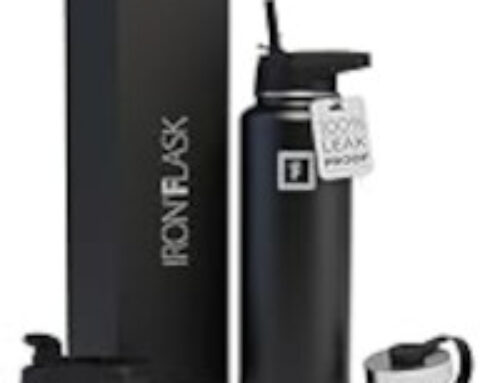What Are The Best Venison Cuts
When it comes to Venison we do not name the cuts like you would in Beef and USDA names. Instead the steaks and roast cuts are simplified to just a few names such as Chops, Rounds, Neck Roast, Rump Roast, Tip Roast, and Ground Meat. Here we review the typical cuts of Venison and correlate them to the same cuts in Beef so you have a better understanding of what they are and from what part of the deer they come from.
Venison & Beef Meat Charts
First lets take a look at the Venison and Beef Meat Charts so we have something to reference. We will also stick to the well know names of USDA Beef; Chuck (Ground Meat), Tenderloin (Filet Mignon), Rib-eye, T-Bone, Porterhouse, Sirloin, and Roast (Neck, Tip, & Rump).
Venison Chart
Beef Chart
Comparing Venison Meat Cuts To Beef Cuts
The most common cuts of Venison are; Tenderloin, Chops, Rounds, Roast, & Ground Meat. Here we will compare them against the beef cuts, which will help in understanding which are the tougher cuts of meat and where they are located on the carcass. Listing the most tender of cuts to the toughest we have; Tenderloin (Filet Mignon), Chops (Rib-eye, T-Bone, Porterhouse, & Sirloin), Rounds (Rounds), Roast (Rump, Tip, Neck), and then Ground Meat. Reference the above charts if needed.
Venison Tenderloin
The Tenderloin is the same cut of meat that is called the Filet Mignon in beef. Typically the Filet Mignon is taken from the tip of the tenderloin, but can be the entire Tenderloin. The Tenderloin is found on the inside of the carcass, at the back-end and is the most tender of all cuts. In Venison the Tenderloin is typically removed first, especially if you’re deboning your deer. If you decided not to debone and keep the tenderloin in, then this would be the smaller portion of meat on one side of the bone in your chops (Venison), T-bone (Beef), and Porterhouse (Beef).
Venison Chops
When deboning a Deer remove the entire loin, known as the back-straps, from each side of the back-bone. Starting with the wider end of the loin, which would be the end that was closes to the hind-quarters, begin to cut your Steaks (Chops). If we were making this same cut in Beef we would be starting with the Sirloins, then Porterhouse, T-bone, and finishing with the Rib-eyes. The Sirloin cuts for Beef, in order from most tender to least tender are: Pin Bone, Flat Bone, Round Bone and Wedge Bone.
The loins (back-straps) can also be cut into roasts (Rib-Eye, Loin, & Sirloin), but not typically done for Venison, as the Chops (steaks) wrapped in Bacon are incredible, especially if you have Aged the Venison before butchering. The video shows the entire loin being cut into Chops with the remaining smaller cuts being used for Fondue.
Venison Rounds – Deboning
The Round Steaks are the cuts taken from the middle part of the back legs, as shown in the video. The bottom part of the leg is used for ground meat (burger, jerky, brats, sausage, etc.), the top part of the leg is used for a Rump Roast, cubed for fondue, or can be left into Round Steaks. The front part of the legs are used for a Tip Roast as demonstrated in the video, fondue, or tossed into the ground meat bucket. When cutting Round Steaks from Beef you would have a full Round Steak with bone in; Top, Bottom, & Eye Of Round (Venison Tip Roast).
Venison Roast
The Venison and Beef Roasts come from the same areas and share the same nomenclature, from most tender to least you have; Rib Roast, Sirloin Roast, Rump Roast, Neck Roast, and the Tip Roast. Since the back-straps (Loins) on a deer are typically cut into Chops we would not have a Rib or Sirloin Roast.
Venison Ground
In a deer you do not typically make the cuts of’ Short-Ribs, Brisket (Front lower part of the chest), or the Flank (meat between the stomach and the hind legs). This meat is tossed into your bucket to be ground into hamburger, sausage, brats, etc. The front legs are also cut up and tossed into the bucket for grinding, but there are portions of this that can be used for fondue. The chest of the deer, known as the chuck in beef is also trimmed off and tossed into the grinding bucket.
Note, The fat on a deer is very wild tasting, so try to remove all the fat you can and replace it with Beef or Pork fat. See how to Mix Hamburger and Make Sausage.
